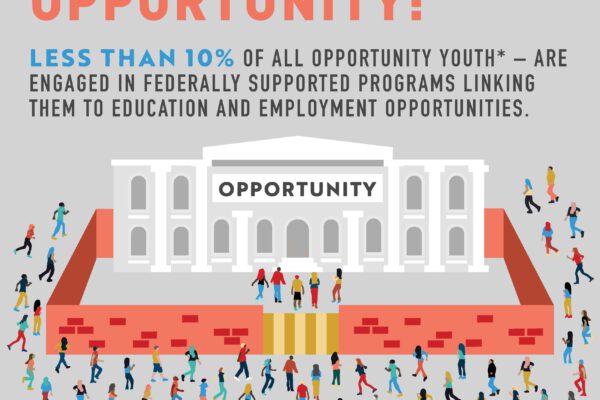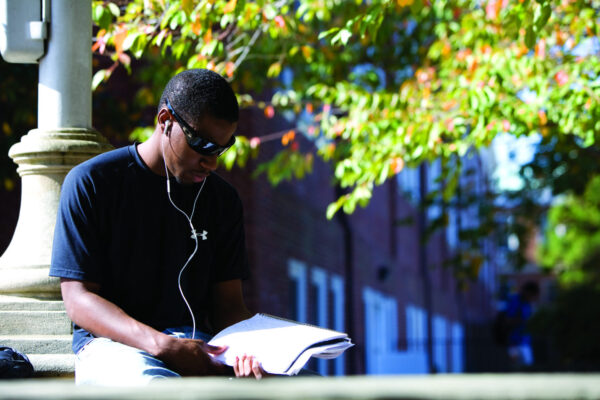The Civil Rights Project: How Higher Education Policy Impacts Students of Color
The Civil Rights Project hosted a policy briefing Sept. 25 on new scholarly analyses of present and proposed federal higher education policies and the potential impact on students of color.
OiYan Poon, assistant professor at Colorado State University, discussed research she conducted with lead author Liliana M. Garces on Asian Americans and race-conscious admissions in context of court cases Fair Admission Inc. v Harvard and the Students for Fair Admissions Inc. v. University of North Carolina et al., as well as actions taken by the Trump administration to discourage the constitutional use of race in admissions decisions. Poon noted that 62 percent of Asian American undergraduate students enrolled at four-year colleges disagree with attempts to reverse these policies.
Andrés Castro Samayoa, assistant professor at Boston College, talked about the strategic importance of minority serving institutions (MSIs) in addressing education inequality for students of color and the Trump administration’s attempts to reduce funding for MSIs through its budget requests for FY 2018 and FY 2019. While Congress rejected the budget cuts, such attempts point towards an “inconsistent vision for federal programs seeking to support students of color,” Samayoa said.
Based on a report co-authored with Matt Ericson, Brian Pusser of the University of Virginia offered an analysis of the PROSPER Act the House Republican Higher Education Act (HEA) reauthorization bill; the student loan default rate; and the dismal completion rates among underrepresented students at for-profit institutions.
In 2016, 46 percent of students who enrolled in a four-year, for-profit college or university were black or Hispanic. Among black students who started their degree in 2009, only 15.5 percent completed a degree in six years. The equivalent completion figure for Hispanic students is 28.7 percent. The authors recommend returning to the 85/15 rule during the upcoming HEA reauthorization. The 85/15 rule would cap the revenue that for-profit institutions could receive from federal sources (grants, loans, and work-study) to 85 percent of total revenue. The current cap is 90 percent.
Erin Corbett of the Institute for Higher Education Policy offered powerful testimony on the state of incarceration in the United States, the multiple benefits that education brings to society and incarcerated individuals, and the results of the Department of Education’s Second Chance Pell pilot program.
Her strong recommendation: reinstate Pell Grants for incarcerated students. Under the experiment, by the end of fall 2017, student enrollment had increased 231 percent and the number of courses offered had increased 124 percent. While the original Pell Grant Program was available to incarcerated students, the Violent Crime Control and Law Enforcement Act of 1994 reversed this provision.
The University of Wisconsin’s Nicholas Hillman cogently outlined the pitfalls of using student loan repayment rates as an accountability metric for evaluating colleges and universities.
Hillman’s main argument is that federal risk-sharing policies based on loan repayment rates are likely to reinforce racial and economic inequality. One in three Historically Black Colleges and Universities and Predominately Black Institutions are among the institutions with the lowest repayment rates. Similarly, colleges that have a high share of first-generation students have lower repayment rates.
To read the research presented at the event, visit the Civil Rights Project website.
—Georgiana Mihut
If you have any questions or comments about this blog post, please contact us.


